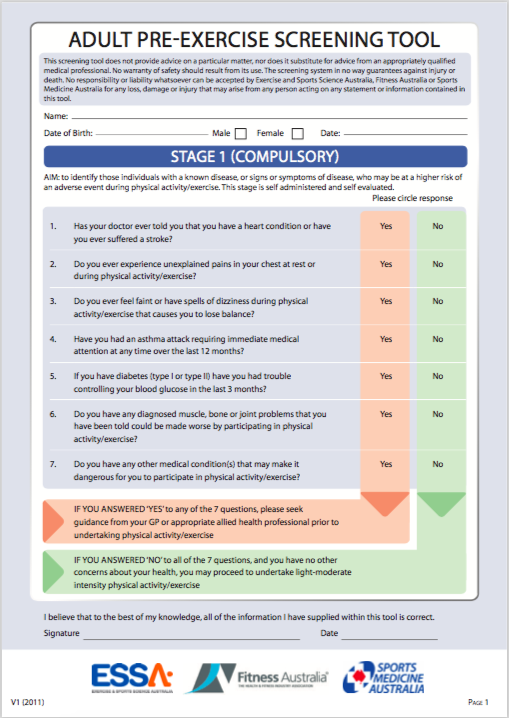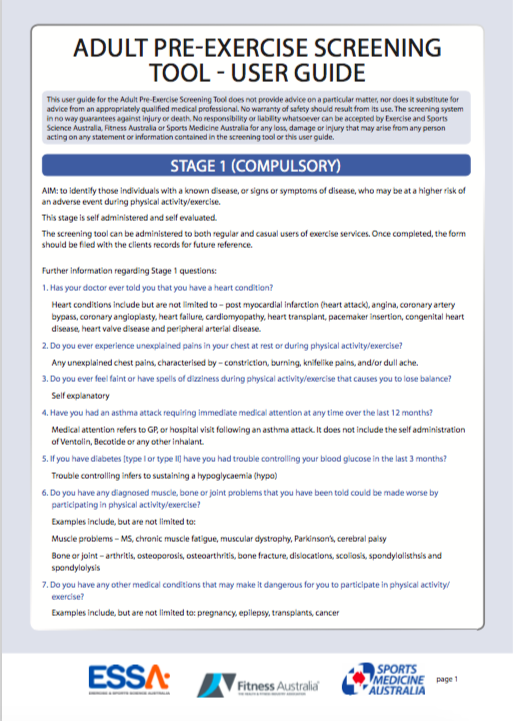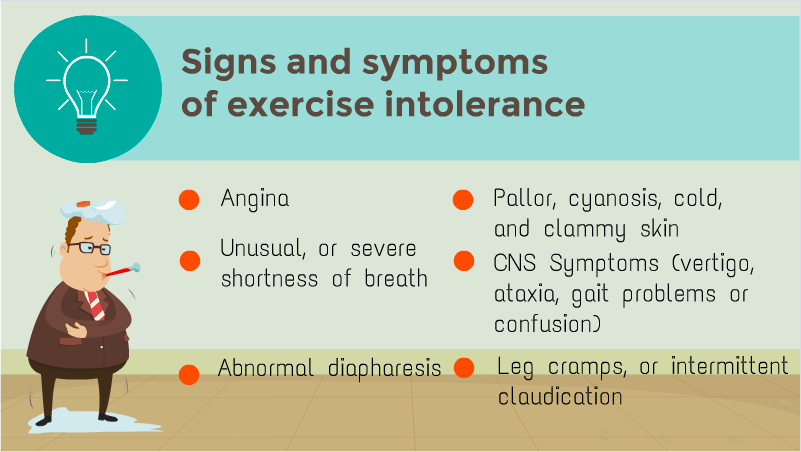Imagine that you’re exercising (brisk walking, jogging ,swimming, cycling). You’re working up a sweat, breathing hard, heart rate is increasing, blood is coursing through your vessels to deliver oxygen to the muscles to keep you moving, and you sustain the activity for more than just a few minutes. That’s aerobic exercise (also known as “cardio”).
Aerobic exercise is any activity that uses large muscle groups, is rhythmic and can be maintained continuously. It is when the intensity of physical activity is sufficient enough to lead to a significant increase in the uptake of oxygen in muscles. This is in contrast with anaerobic exercise which is driven by energy sources within the muscles and not by oxygen uptake.
The higher the intensity of the activity, the more benefit is acquired, especially in older age groups.
What is the best type of aerobic exercise? To promote adherence, the type of exercise depends on patient goals and physical conditioning. It should be convenient, comfortable and the individual should enjoy participation.
Although regular physical activity has profound benefits, it is important that the incidence of complications is considered during exercise. Here is an adult pre-exercise screening tool from the Exercise & Sports Science Australia
Other things to consider:
- Ensure medical clearance/follow up
- Comorbidities
- Complete the “PAR-Q & You“
- Ensure appropriate equipment
- Avoid ‘too much, too soon’
- Previous injury/co-morbidities
- Provide education on the signs and symptoms of cardiovascular disease during exercise
- Promote a gradual increase in activity over time
- Encourage appropriate warm-up and cool-down
Signs and symptoms of exercise intolerance (Brody, 2011)
Examples of aerobic activities:
- walking
- cycling
- dancing
- jogging/running
- swimming
- down-hill skiing
- team sports
- running
- rowing
- Airdyne
- Push ups
- sit ups
- squats
- pulls etc



